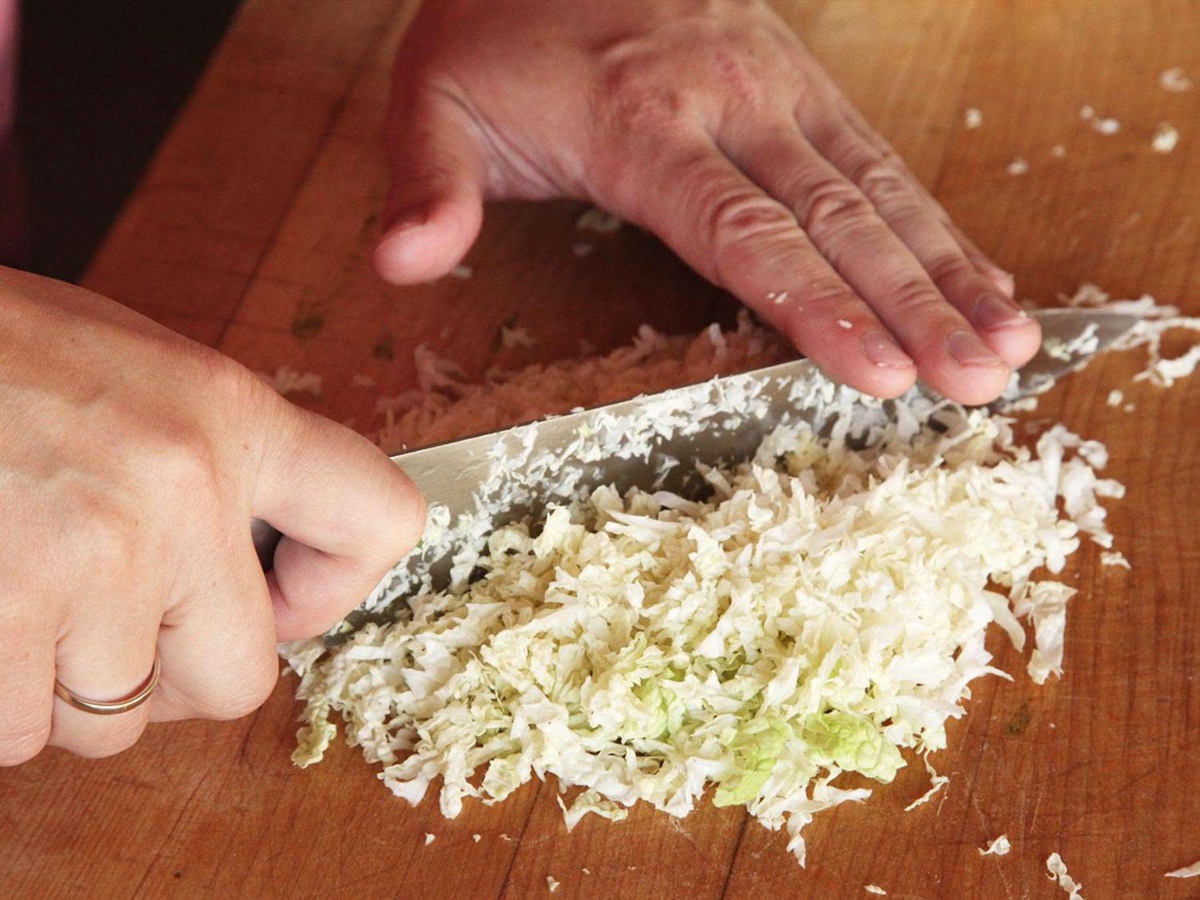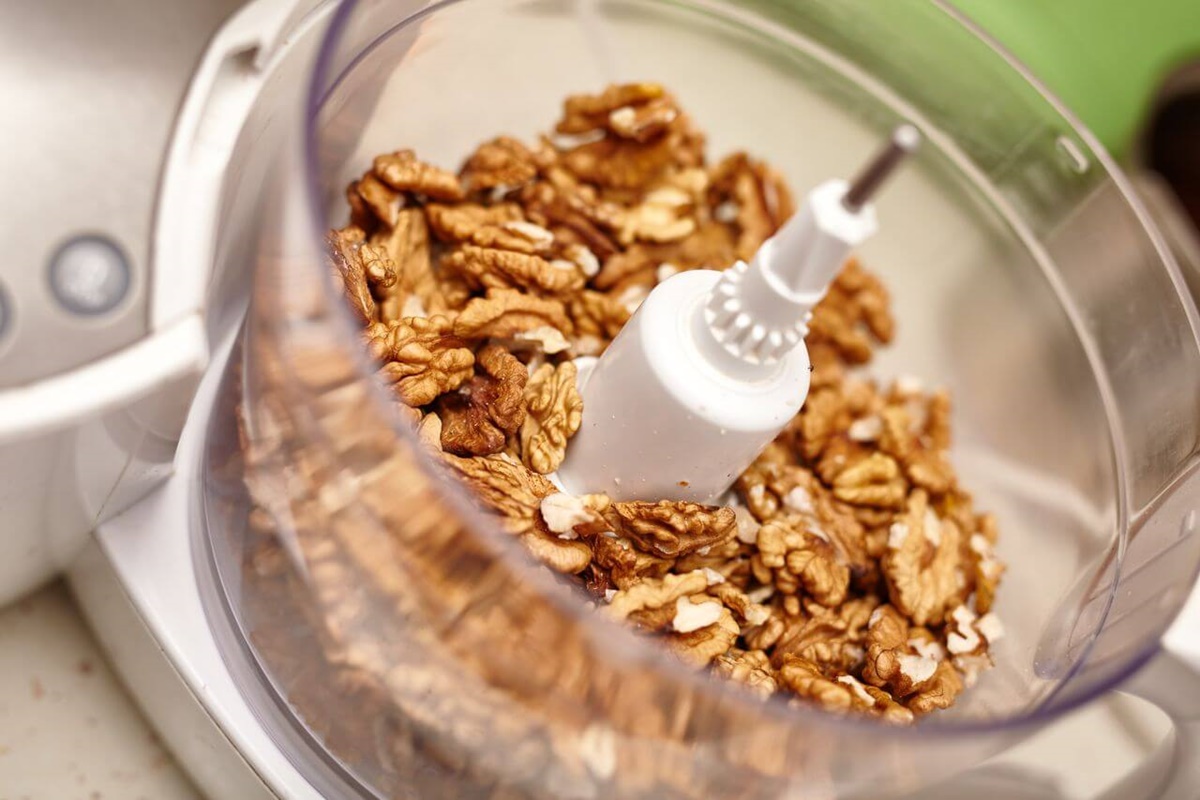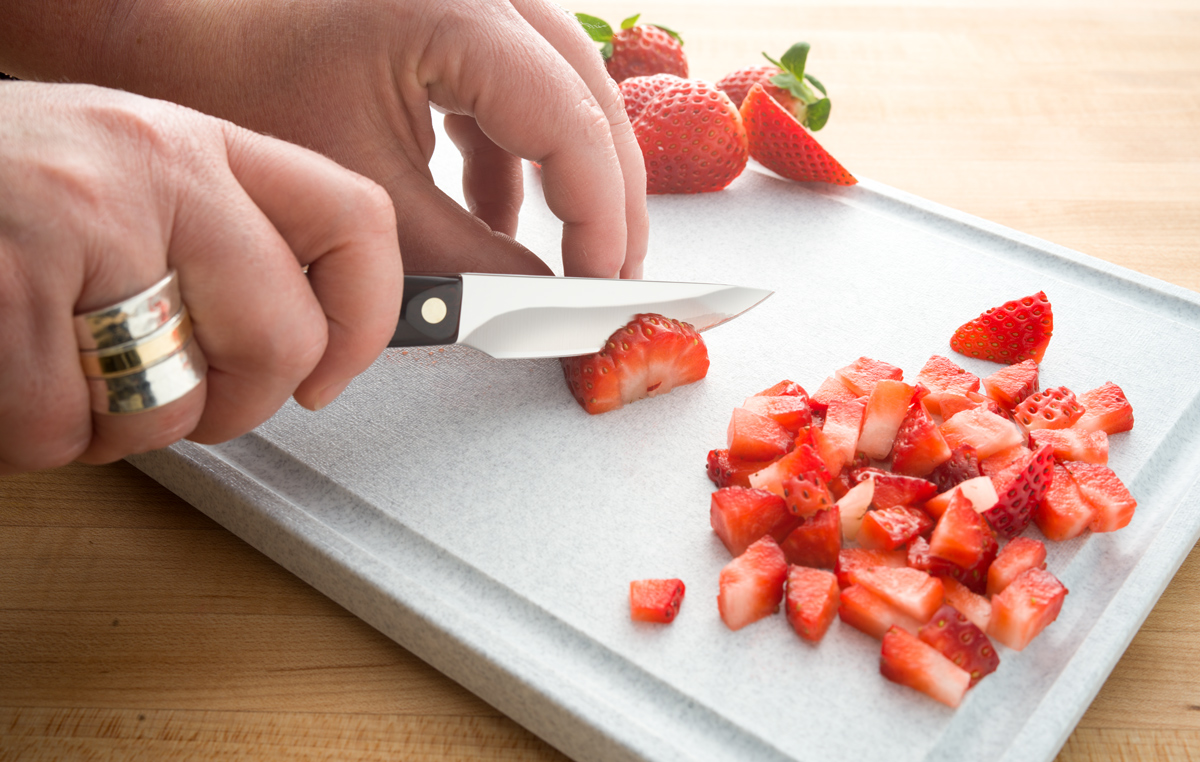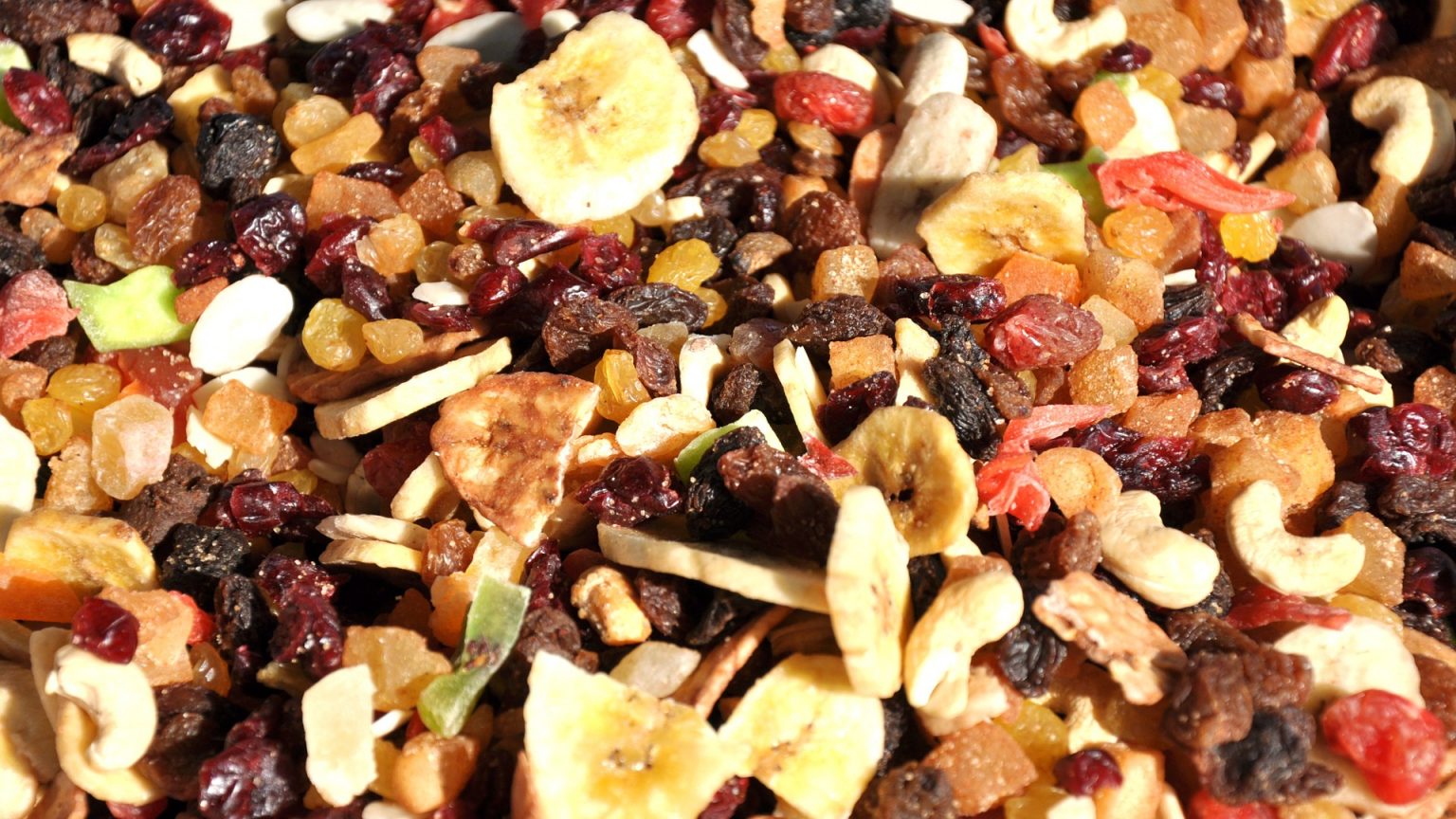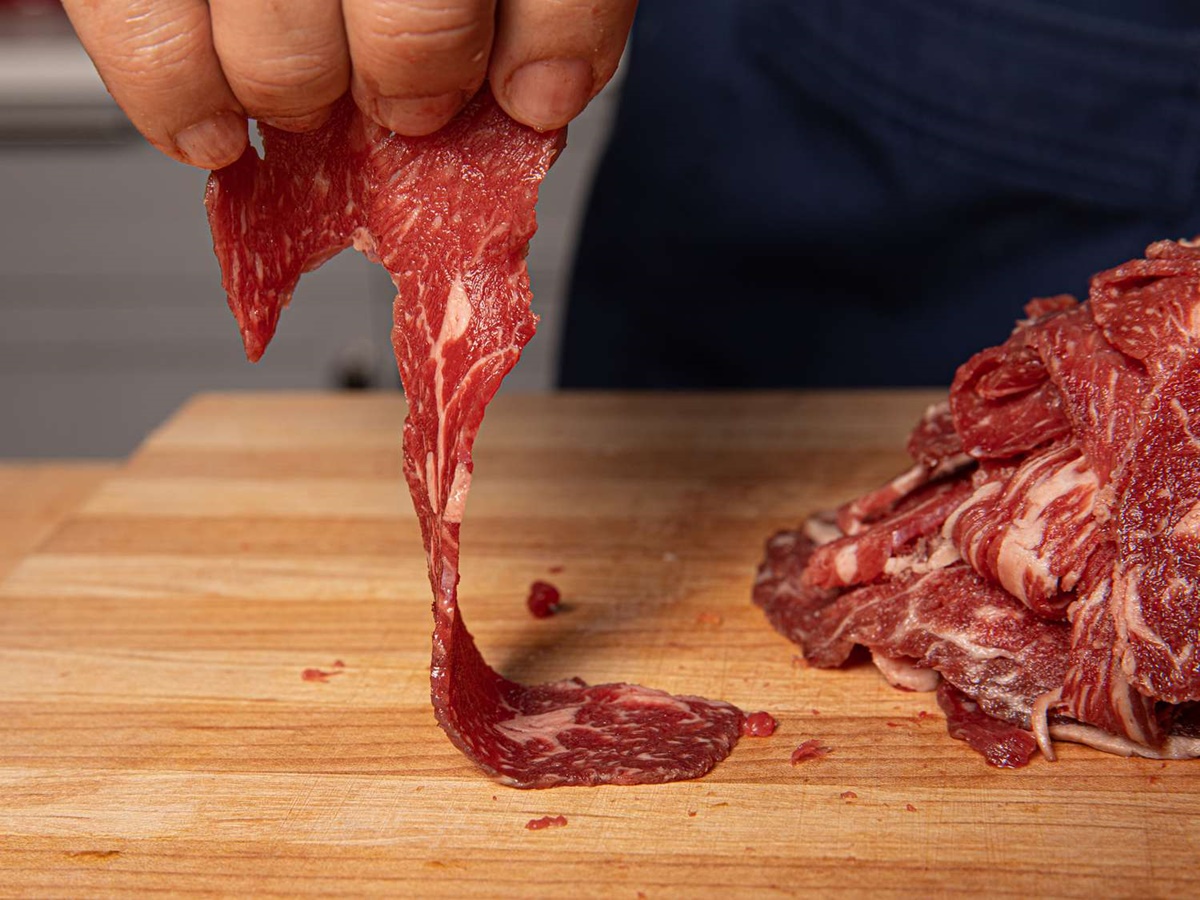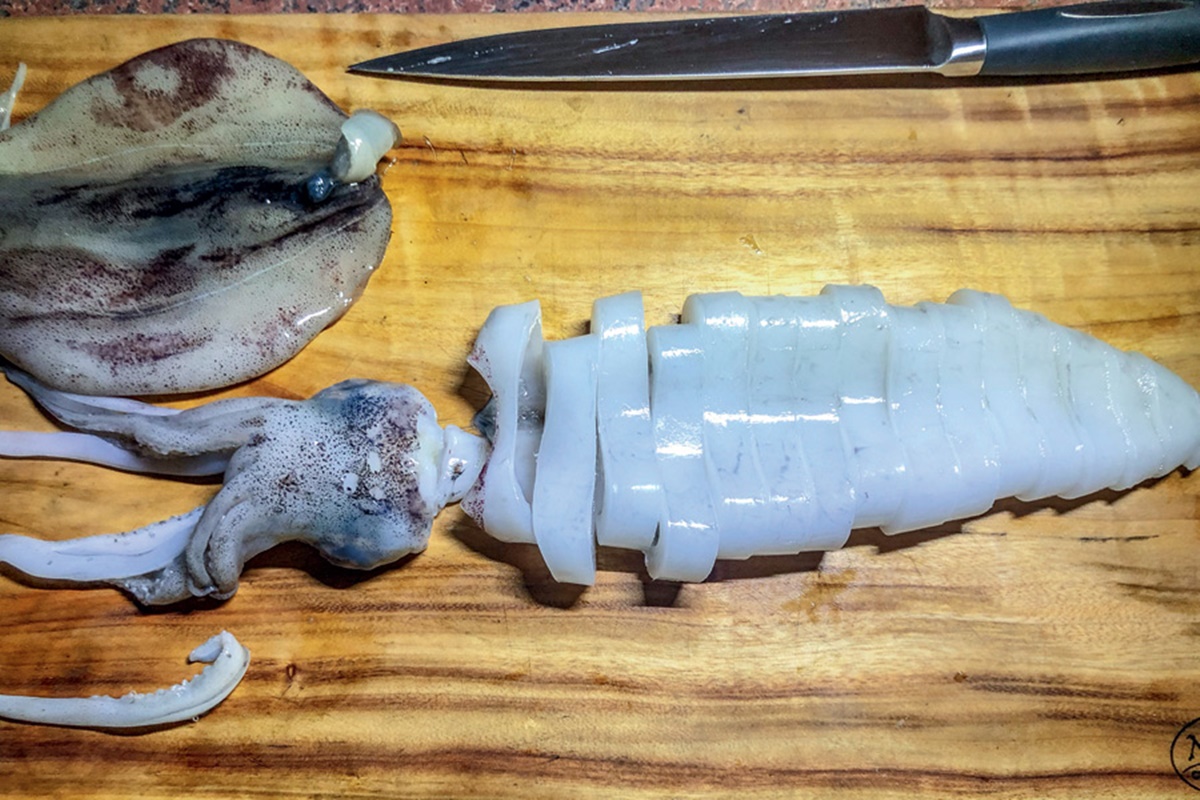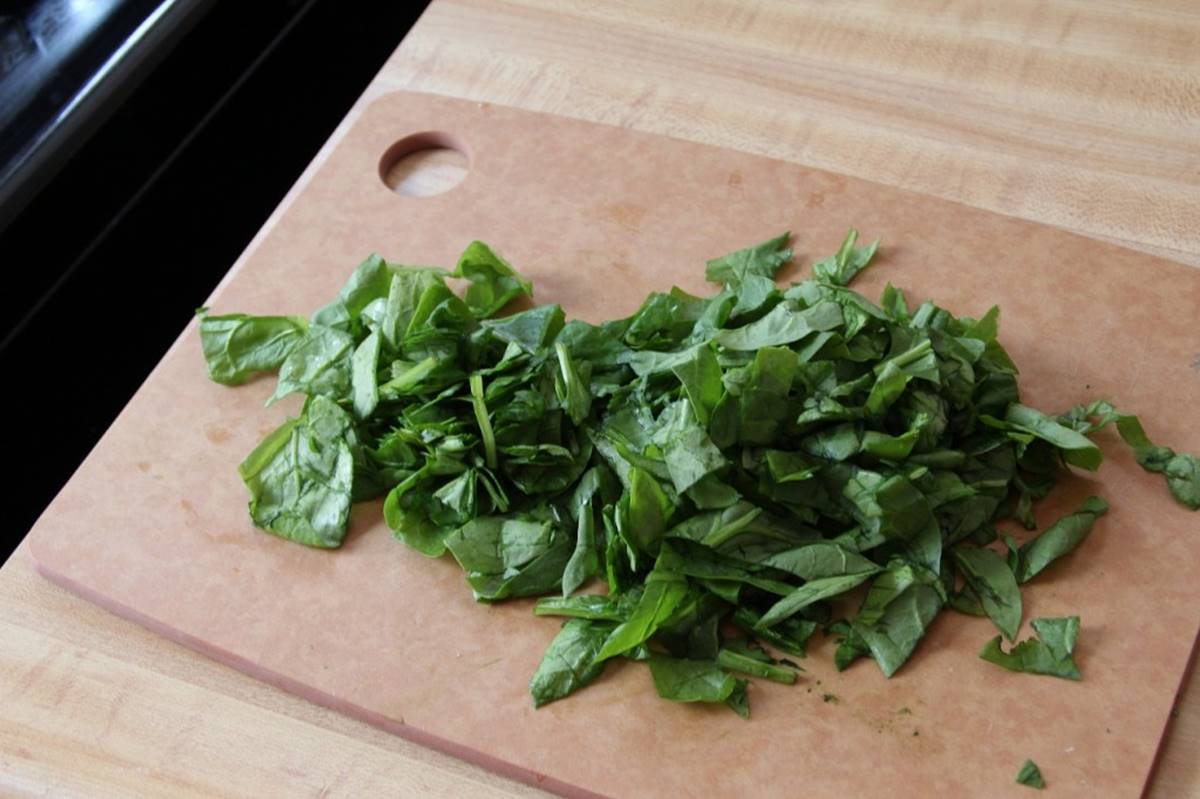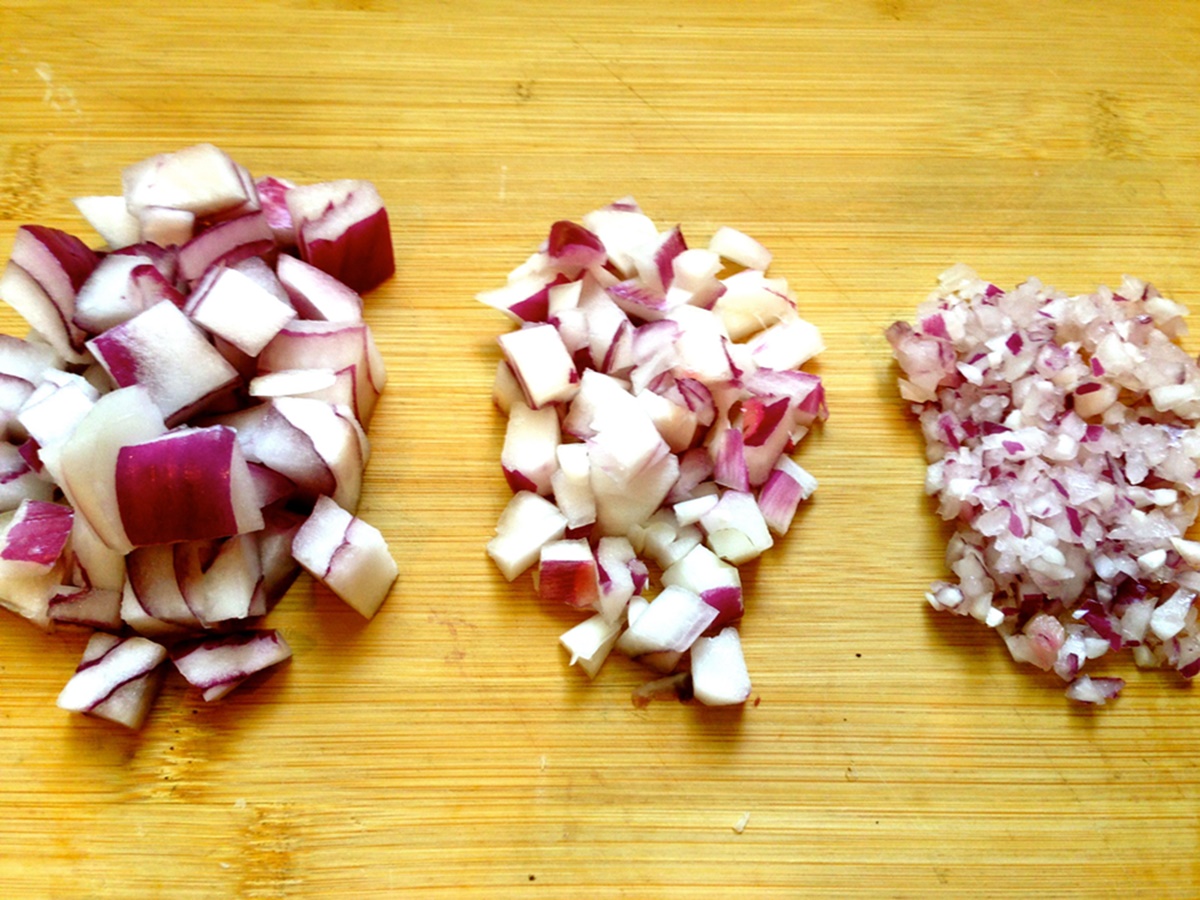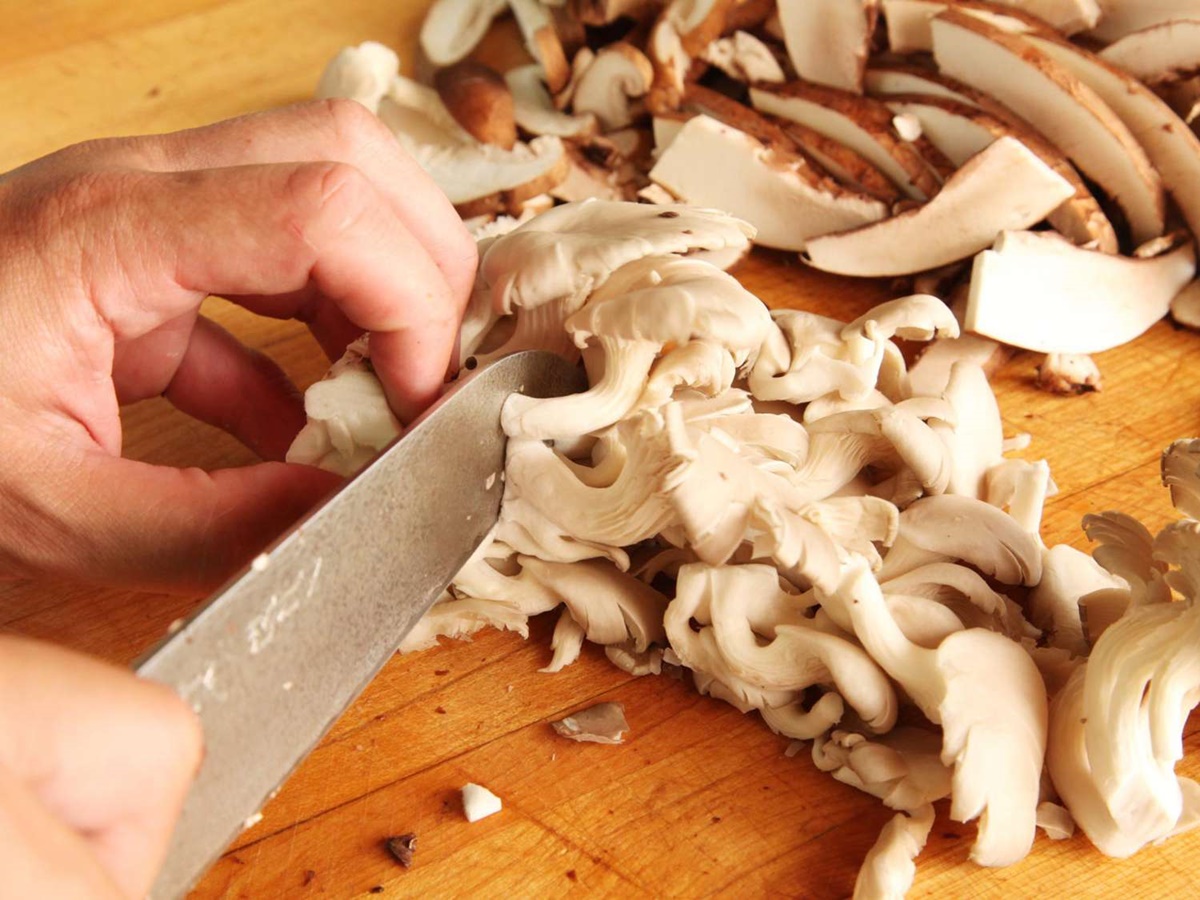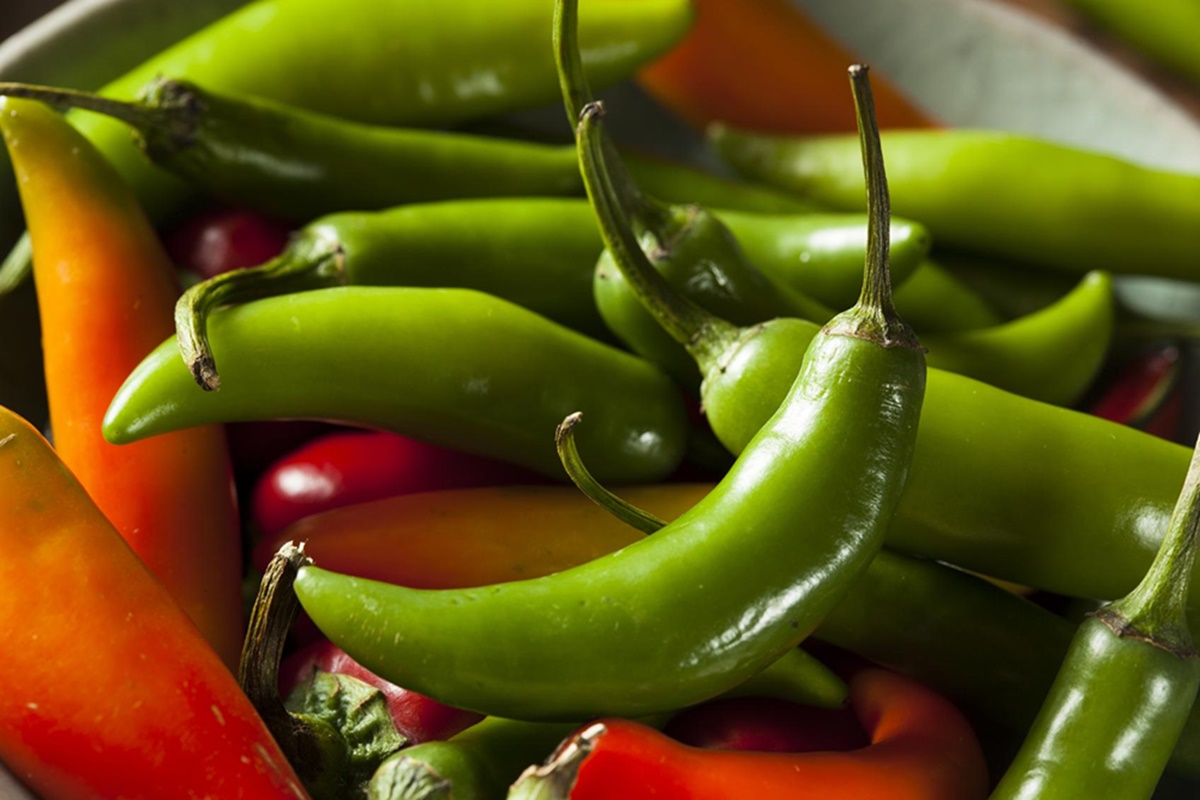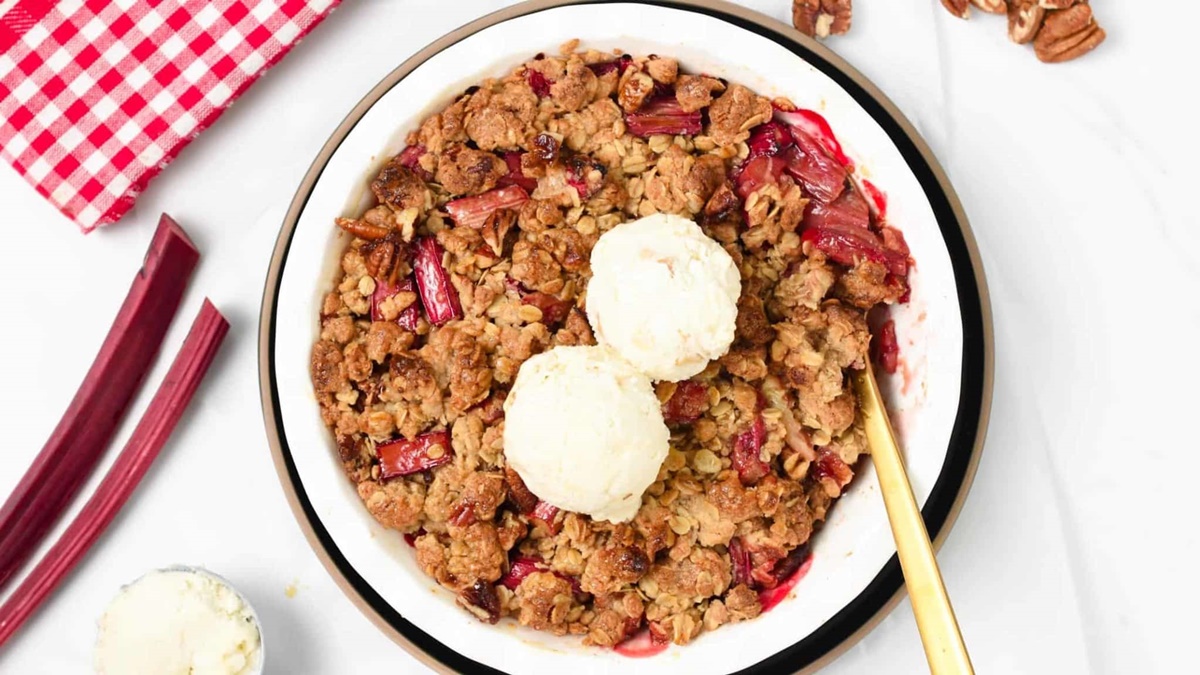Chopping swede, also known as rutabaga, might seem daunting due to its tough skin and large size. However, with the right approach, turning this root vegetable into bite-sized pieces is straightforward. Start by selecting a sharp knife and a stable cutting board to ensure safety and ease. This guide will walk you through the steps to peel, slice, and dice swede efficiently. Whether you're preparing a hearty stew or a roasted vegetable medley, mastering the technique of chopping swede will add texture and flavor to your dishes. Let's get started on transforming this humble vegetable into something delicious.
Essential Ingredients for Chopping Swede
- Swede (rutabaga)
- Sharp knife
- Cutting board
- Vegetable peeler
Necessary Tools for Perfectly Chopped Swede
- Sharp Chef's Knife
- Cutting Board
- Vegetable Peeler
- Kitchen Towel (for grip)
- Large Bowl (for discarded peels)
Chopping swede requires a sharp knife and sturdy surface. Cut off both ends, peel skin, slice into rounds, then into sticks, and finally, dice for even cooking pieces.
The Importance of Properly Chopping Swede
Chopping swedes requires a sharp knife and a steady hand. First, slice off the top and bottom to create a stable base. This technique prevents the vegetable from rolling on the cutting board. Next, peel the skin with a vegetable peeler or knife, revealing the flesh for dicing or slicing.
Swedes, also known as rutabagas, have a tough exterior that can be challenging to cut through. Cutting them into smaller pieces simplifies cooking and enhances flavor absorption. Whether roasted, mashed, or added to stews, properly prepared swedes contribute a sweet, earthy depth to various dishes.
Your Step-by-Step Guide to Chopping Swede
How To Chop Swede Efficiently
-
Selecting Your Swede: Choose a firm and heavy swede for its size, indicating freshness and juiciness.
-
Preparation: Rinse the swede under cold water to remove any dirt. Pat dry with a clean towel.
-
Cutting Off the Ends: Place the swede on a cutting board. Using a sharp chef's knife, slice off the top and bottom ends to create a stable base. This step helps in peeling and cutting it safely.
-
Peeling: Stand the swede on one of its flat ends. With your knife, slice the skin off from top to bottom, following the curve of the swede. Rotate and repeat until all the skin is removed.
-
Slicing in Half: Carefully cut the peeled swede in half from top to bottom. This creates two manageable pieces, making the next steps safer and easier.
-
Cutting into Slices: Lay each half flat on the cutting board. Slice them into even, wide strips, about 1/2 inch thick. Consistency in size ensures even cooking if used in dishes.
-
Dicing: Take each strip and cut it into 1/2 inch cubes for dicing. Again, aim for uniformity in size for the best cooking results.
-
Safety Tips:
- Always use a sharp knife. A dull knife can slip and increase the risk of injury.
- Keep your fingers tucked in while chopping to avoid cuts.
- Use a non-slip cutting board or place a damp cloth underneath to prevent the board from moving.
-
Cleaning Up: Once chopped, transfer the swede pieces to a bowl or directly into your cooking pot. Clean your workspace and tools immediately to avoid any accidents.
Storing Chopped Swede:
- If not using immediately, store the chopped swede in an airtight container in the refrigerator. It will stay fresh for 3-4 days, ready for your next meal preparation.
Note: Swede, also known as rutabaga in some regions, is a versatile vegetable that can be roasted, mashed, or added to stews. Chopping it properly can enhance your cooking experience, making meal prep smoother and more enjoyable.
Mastering the Art of Swede Preparation
Chopping swede might seem daunting at first, but with the right technique and a bit of practice, it becomes a breeze. Remember, start by cutting off the ends for stability and peel its tough skin with a sturdy peeler. Halving the vegetable and slicing it into manageable pieces makes the process smoother. Always keep your fingers tucked away and use a sharp knife to avoid accidents. Incorporating swede into your meals not only adds a nutritious boost but also introduces a sweet, nutty flavor that complements a variety of dishes. From hearty stews to a simple roasted side, the possibilities are endless. So, grab that swede, get chopping, and elevate your cooking game with this versatile vegetable. Happy cooking!
For those looking to put their swede-chopping skills to good use, there are several delicious recipes to try. Swede and Butternut Squash Risotto is a creamy dish perfect for a cozy dinner. Glazed Swede with Honey and Thyme offers a sweet and savory side dish ideal for any meal. For a healthier snack option, Swede and Sweet Potato Fries are both tasty and easy to make. If you're in the mood for something with a bit of a kick, Spicy Swede Fritters are the way to go. Each recipe not only showcases the versatility of swede but also provides a delightful culinary experience.
All Your Questions About Chopping Swede Answered
How do you pick a good swede at the store?
Look for ones that feel heavy for their size, have a firm skin without any soft spots, and are free of too many blemishes. A vibrant color is a good sign that it's fresh and ready for your kitchen adventures.
What's the best way to store swede after bringing it home?
Keep it in a cool, dark place, like a pantry or a cellar. If you've got space in your fridge, pop it in the vegetable drawer. Wrapped in a paper bag, it can last several weeks, keeping its flavor and texture.
Is peeling swede necessary before chopping?
Yes, peeling off the tough outer skin makes it easier to chop and more pleasant to eat. Use a sturdy vegetable peeler or a sharp knife to get the job done efficiently.
What's the safest method to chop a swede?
First, cut off the top and bottom to create stable flat surfaces. Then, slice it in half to reduce its size. Place the flat side down on your cutting board to keep it steady. Now, you're ready to chop it into your desired size pieces, keeping your fingers tucked away safely.
Can you chop swede in advance?
Absolutely, chopping swede ahead of time can be a real time-saver. Once chopped, store it in an airtight container in the fridge. It'll stay fresh for a couple of days, making your meal prep a breeze.
What's the easiest way to cook chopped swede?
Roasting brings out its natural sweetness. Just toss your chopped pieces with a bit of oil, salt, and your favorite seasonings. Spread them on a baking sheet and roast until they're tender and caramelized. Simple and delicious!
Any tips for making chopping swede less labor-intensive?
If the swede is particularly large or tough, you can soften it slightly before chopping. Pop it in the microwave for a few minutes or boil it briefly. This softens the flesh, making it easier to slice through. Just be careful not to cook it too much, or it'll become too soft to chop neatly.
Was this page helpful?
Read Next: How To Chop Tarragon

